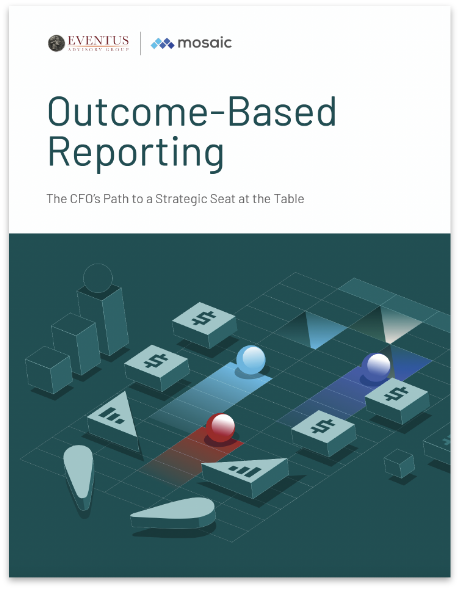The process to kick off your long-term planning should be the same as the short-term: Ask yourself what you think the world would be like after 90 days to one or two years from now. What is different from what you have already answered in the new now? What do you need to do to be essential to your customers in the future? My bias is to stay customer-focused on long-term planning.
With that lens in mind, look at the following elements of your long-term plan:
1. Certainty – How confident are you in your future prediction? What data is backing up your prediction? The less confidence you have, the more you have to weigh if it’s worth sinking money or time into a future investment. Note that the counterargument is if you are too certain, you could be blinded by biases, so examine each of your assumptions.
2. Customer Need Gap – How far off is your offering to where you think your customers’ needs will be? The further off it is, the stronger the argument for a need to invest or divest.
3. Payback Period – The longer the payback period on a given investment, the riskier it is. There are a lot of things that can happen in a year and even more so in two or three.
4. Number Of Assumptions/Factors – How many “ifs” have to go right for the plan to work? Keep a count. Note which factors are completely out of your control, as well as where you have partial or complete control.
5. Tying up Cash – How much of your cash will this plan tie-up? If you have to borrow money to make the plan work, what happens if the plan fails? Do you have to pay the money back?
No one has a crystal ball that can tell you the exact moves to make even when times are certain and uneventful. By basing your decisions off clear, tested assumptions with a customer-focused lens, whatever plans and investments you make will have a larger chance of success than if you were to only use a gut feel or take a desperate shot in the dark.




